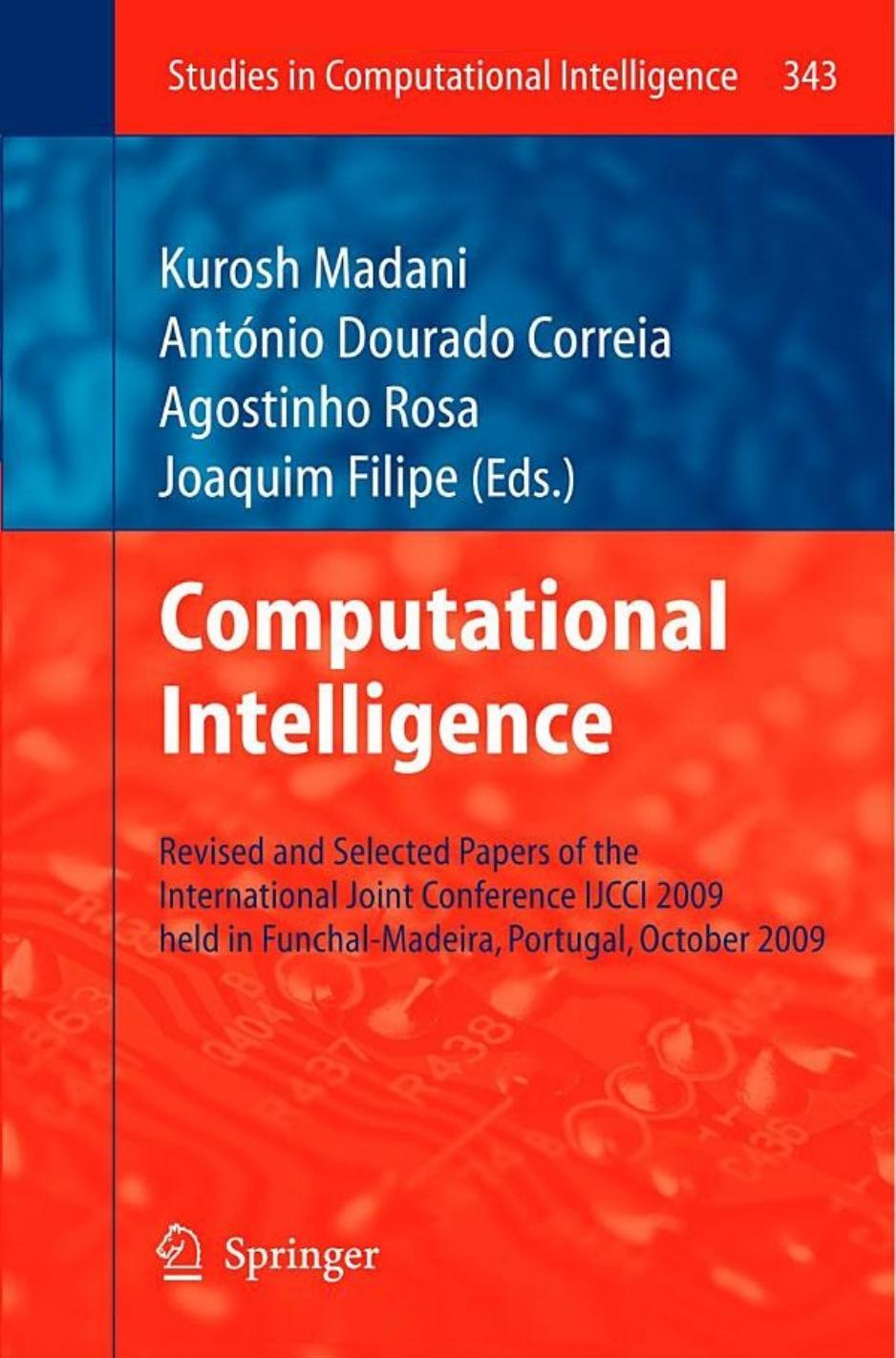Computational Intelligence by unknow

Author:unknow
Language: eng
Format: epub, pdf
Publisher: Springer London, London
13.1.3 The Principle of Minimal Alphabets
The principle of minimal alphabets is sometimes invoked to claim that binary encodings, as used by genetic algorithms, are “optimal” in a certain sense. The core idea is that the number of possible schemata should be maximized relative to the size of the search space (or the population size), so that the parallelism inherent in the search for schemata is maximally effective. That is, with the chromosomes of the population a number of schemata should be covered that is as large as possible.
If chromosomes are defined as strings of length L over an alphabet , then the ratio of the number of schemata to the size of the search space is . Clearly, this ratio is maximized if the size of the alphabet is minimized. Since the smallest usable alphabet has , binary codings optimize this ratio.
A more intuitive form of this argument was put forward by Goldberg (1989): the larger the size of the alphabet, the more difficult it is to find meaningful schemata, because a schema is matched by a larger number of chromosomes. Since a schema averages over the fitness of the matching chromosomes, the quality of a schema may be tainted by some bad chromosomes (low fitness) that happen to match the same schema. Therefore one should strive to minimize the number of chromosomes that are matched by a schema. Since a schema h matches chromosomes, we should use an alphabet of minimal size. Again, since the smallest usable alphabet has , binary codings can be expected to be optimal.
Whether these arguments are convincing is debatable. At least one has to admit that there is a tradeoff between maximizing the number of schemata relative to the search space and expressing the problem in a more natural manner with the help of larger alphabets (Goldberg 1991). Furthermore, a strong argument in favor of larger alphabets has been put forward by Antonisse (1989).
Download
This site does not store any files on its server. We only index and link to content provided by other sites. Please contact the content providers to delete copyright contents if any and email us, we'll remove relevant links or contents immediately.
Algorithms of the Intelligent Web by Haralambos Marmanis;Dmitry Babenko(8518)
Test-Driven Development with Java by Alan Mellor(7348)
Data Augmentation with Python by Duc Haba(7250)
Principles of Data Fabric by Sonia Mezzetta(6994)
Learn Blender Simulations the Right Way by Stephen Pearson(6929)
Microservices with Spring Boot 3 and Spring Cloud by Magnus Larsson(6761)
RPA Solution Architect's Handbook by Sachin Sahgal(6166)
Hadoop in Practice by Alex Holmes(6028)
Jquery UI in Action : Master the concepts Of Jquery UI: A Step By Step Approach by ANMOL GOYAL(5869)
The Infinite Retina by Robert Scoble Irena Cronin(5868)
Big Data Analysis with Python by Ivan Marin(5692)
Life 3.0: Being Human in the Age of Artificial Intelligence by Tegmark Max(5398)
Pretrain Vision and Large Language Models in Python by Emily Webber(4652)
Infrastructure as Code for Beginners by Russ McKendrick(4436)
WordPress Plugin Development Cookbook by Yannick Lefebvre(4166)
Functional Programming in JavaScript by Mantyla Dan(4121)
The Age of Surveillance Capitalism by Shoshana Zuboff(4111)
Embracing Microservices Design by Ovais Mehboob Ahmed Khan Nabil Siddiqui and Timothy Oleson(3956)
Applied Machine Learning for Healthcare and Life Sciences Using AWS by Ujjwal Ratan(3929)
